Observe the diagram and answer the following.
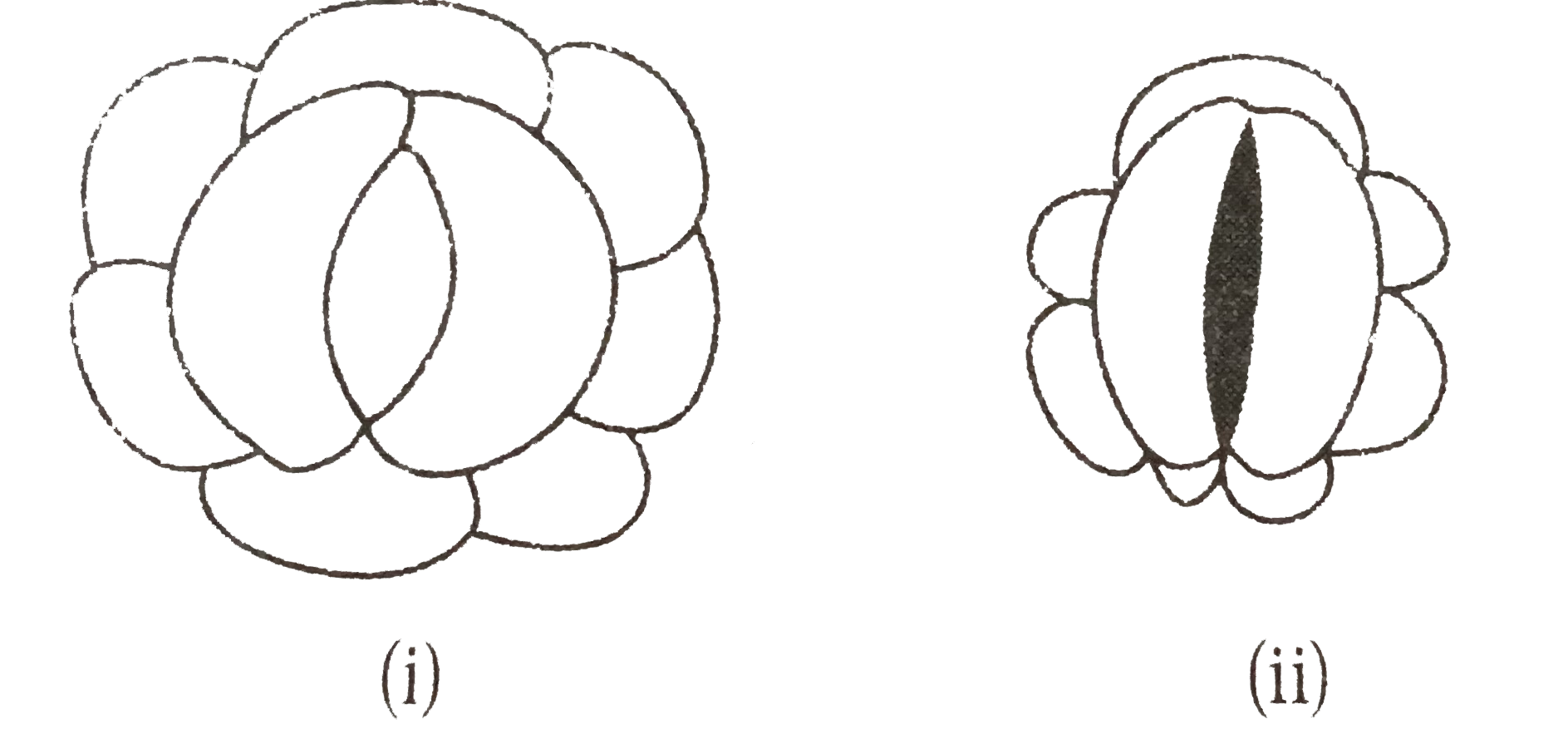
(a) Are these types of guard cells found in monocots or dicots ?
(b) Which of these shows a higher water content (i) or (ii) ?
(c) Which element plays an important role in the opening and closing of stomata ?
(a) The guard cells are bean-shaped which are found in dicot plants.
(b) The guards cells in figure (i) are turgid as, they pull the inner wall of the cell outside thus, they have more water. (ii) cells are flacid, this condition results when cells lose water and close stomatal pore.
(c) The K+ ions when move from neighbouring cells to guards cells, lowering their water potential as a result the water moves inside inside making them turgid and thus opening stomata.
Topper's Solved these Questions
- BOOK - NCERT EXEMPLAR ENGLISHCHAPTER - TRANSPORT IN PLANTSEXERCISE - Long Answer Type Questions7videos
TRANSPORT IN PLANTS
- BOOK - NCERT EXEMPLAR ENGLISHCHAPTER - TRANSPORT IN PLANTSEXERCISE - Very Short Answer Type Questions23videos
TRANSPORT IN PLANTS
- BOOK - NCERT EXEMPLAR ENGLISHCHAPTER - THE LIVING WORLDEXERCISE - Long Answer Type Questions10videos
THE LIVING WORLD
Similar Questions
The element which plays an important role in opening and closing of stomata is
View SolutionObserve the diagram and answer the following .
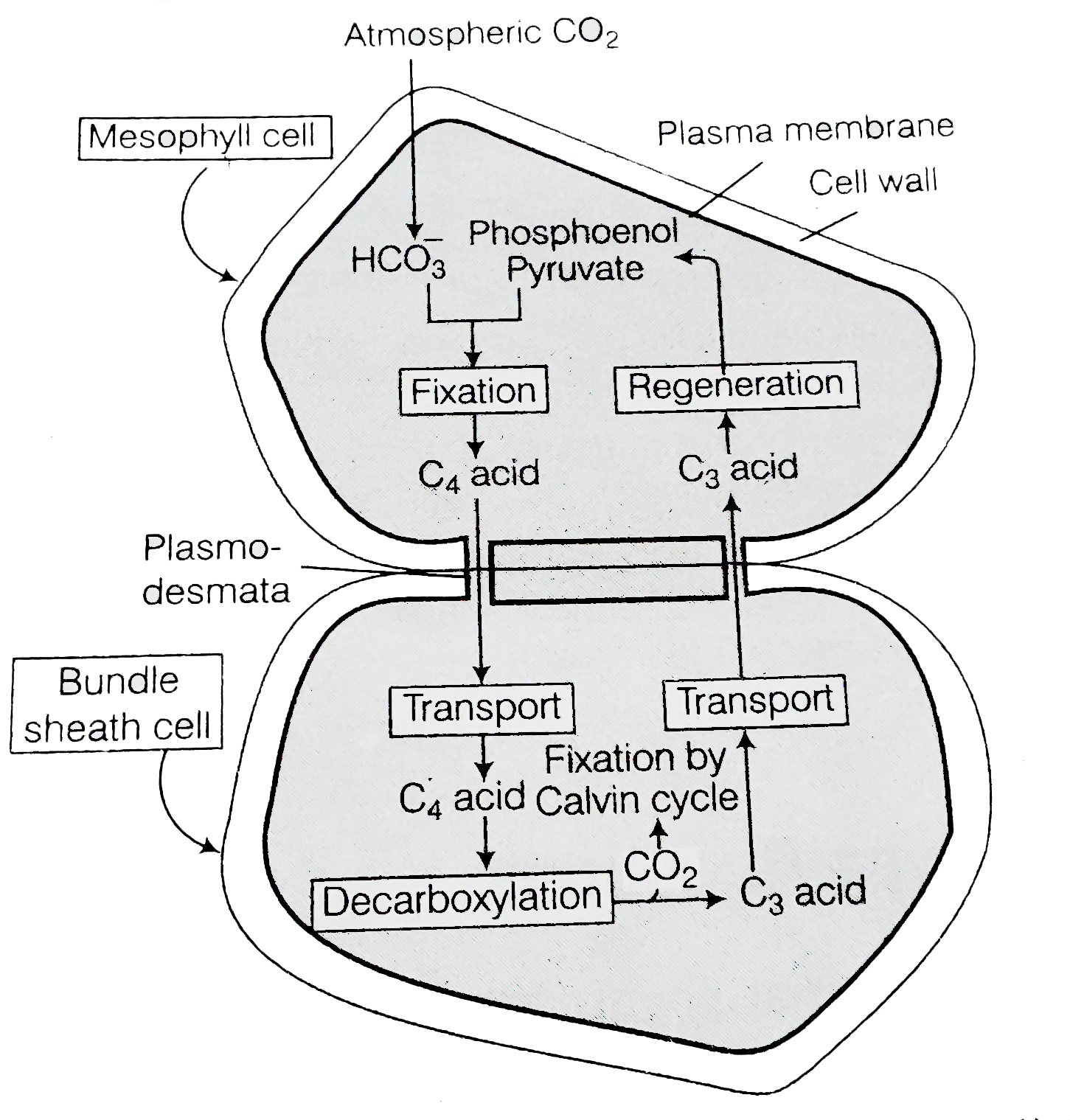
(a) Which group of plants exhibit these two type cells ?
(b) What is the first product of C4 cycle ?
( c) Which enzyme is there is bundle sheath cells and mesophyll cells ?View Solution
Knowledge Check
- Question 1 - Select One
Which of the following essential elements plays an important role in opening and closing of stomata?
AMgBKCMnDP - Question 2 - Select One
The given figure shows two states of a stomata
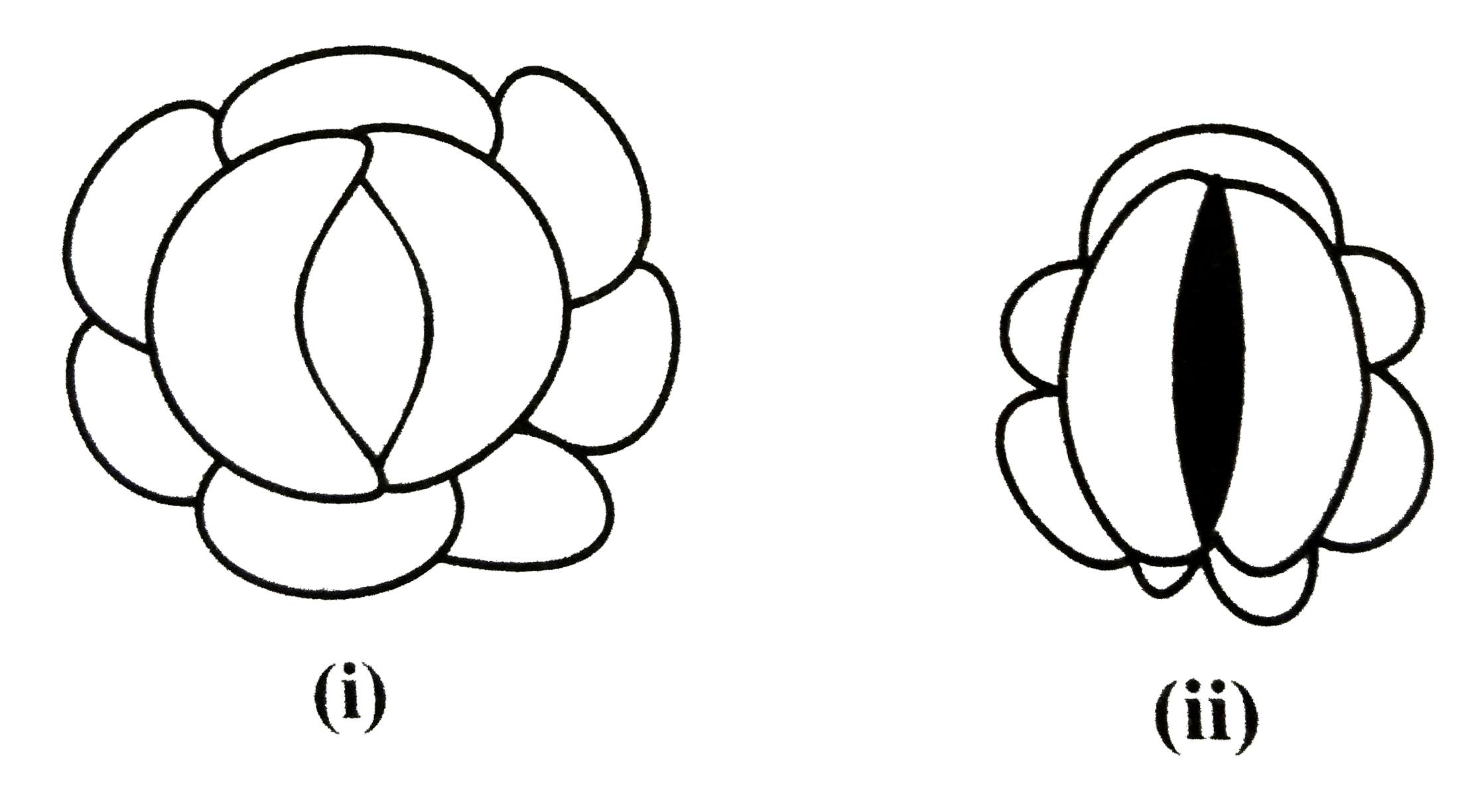
In which of the conditions (i) and (ii), guard cells will have higher water content?A(i)onlyB(ii) onlyCEqual in bothDNo water content in both
Examine the illustration of a portion of the deffective crystal and answer the following question :
(a) What are these type of vacancy defects called ?
(b) How is the density of a crystal affected by these defects ?
(c) Name one ionic compound which can show this type of defect in the crystalline state.
(d) How is the stoichiometry of the compound affected ?
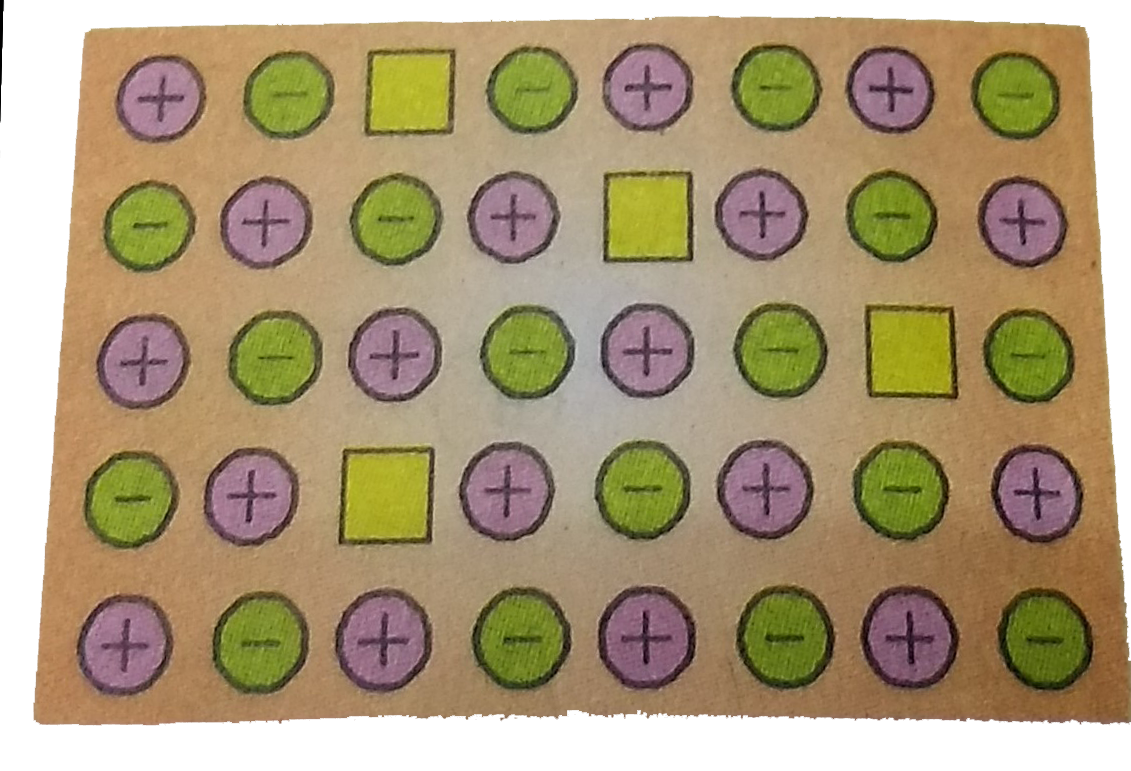 View Solution
View SolutionThe elements of 3d transition series are given as :
Sc Ti V Cr Mn Fe Co Ni Cu Zn
Answer the following :
(i) Write the element which shows maximum number of oxidation states. Give reason.
(ii) Which elements has the highest m.p?
(iii) Which element is a strong oxidizing agent in +3 oxidation state and why ?View SolutionFollowing pictograph shows the number of tractors in five villages. Observe the pictograph and answer the following questions. (i) Which village has the minimum number of tractors? (ii) Which village has the maximum number of tractors? (iii) How many more tractors village C has as compared to village B. (iv) What is the total number of tractors in all the five villages?
View SolutionThe diagram given below represents an endocrine gland in the human body. Study the diagram and answer the following questions :
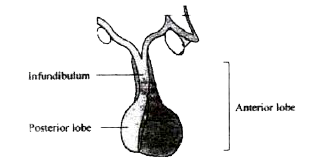
(i) Identify the endocrine gland. Where is it located?
(ii) Why is the above gland referred to as the 'Master gland' ?
(iii) Name the hormone which in deficiency causes Diabetes Insipidus. How does this disorder differ from Diabetes Mellitus ?
(iv) Explain the term 'Hormone'.
What is the role of Tropic hormones in the human body?
(v) Which lobe of the above gland secretes:
1. Oxytocin
2. ACTH
3. Growth hormone.View SolutionAnswer the following questions
(i) Which element of the first transition series has highest second ionisation enthalpy?
(ii) Which element of the first transition series has highest third ionisation enthalpy?
(iii) Which element of the first transition series has lowest enthalpy of atomisation?
(b) Identify the metal and justify your answer.
(i) Carbonyl M(CO)5
(ii) MO3FView SolutionObserve the set of 4 figures A, B, C and D and answer the following questions.
I. Which one of the figures shows mutualism?
II. What kind of association is shown in D?
III. Name the organisms and the association in C.
IV. What role is the insect performing in B?
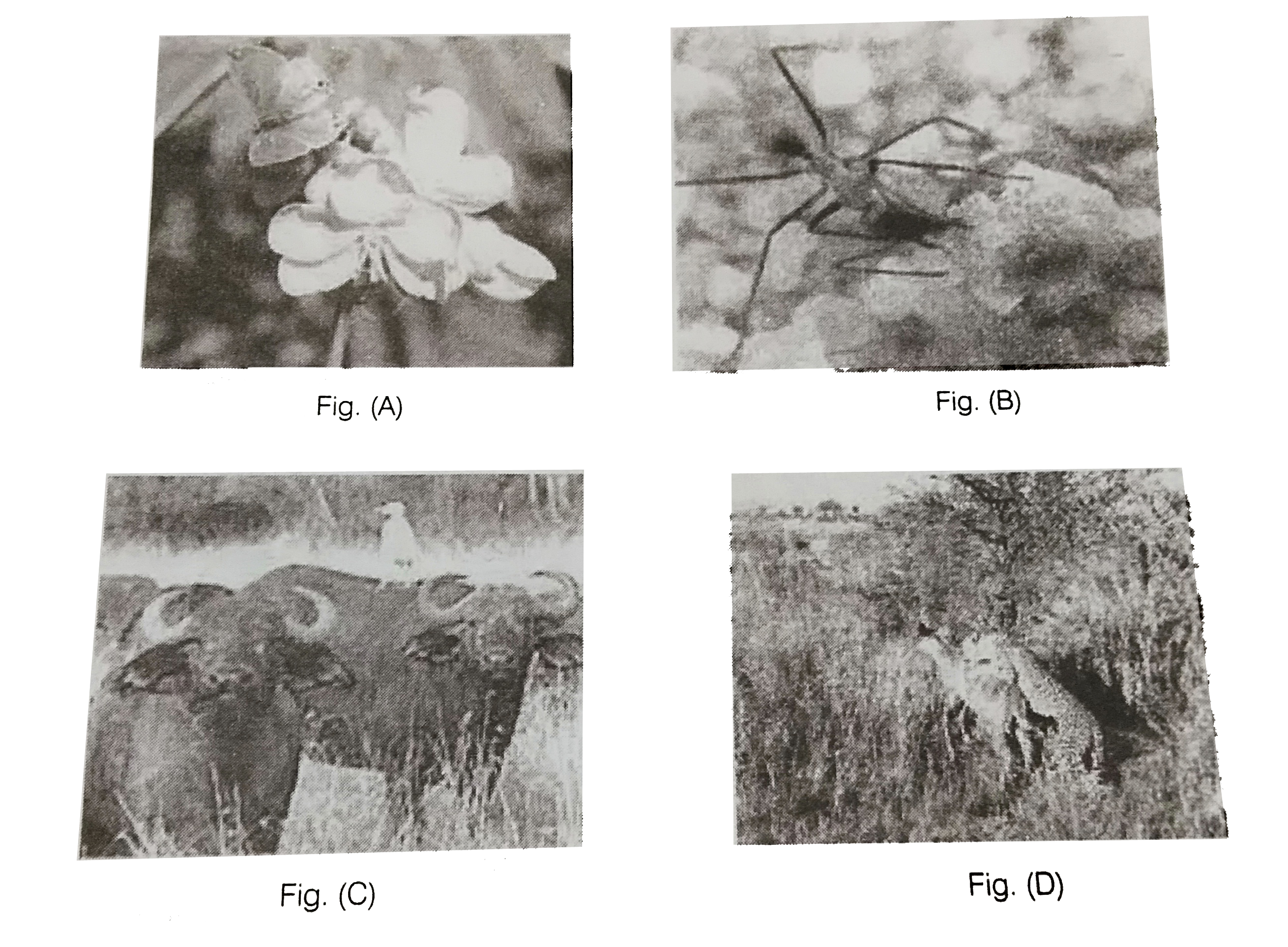 View Solution
View Solution

